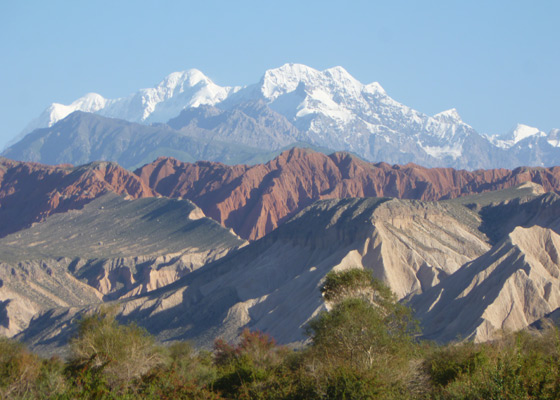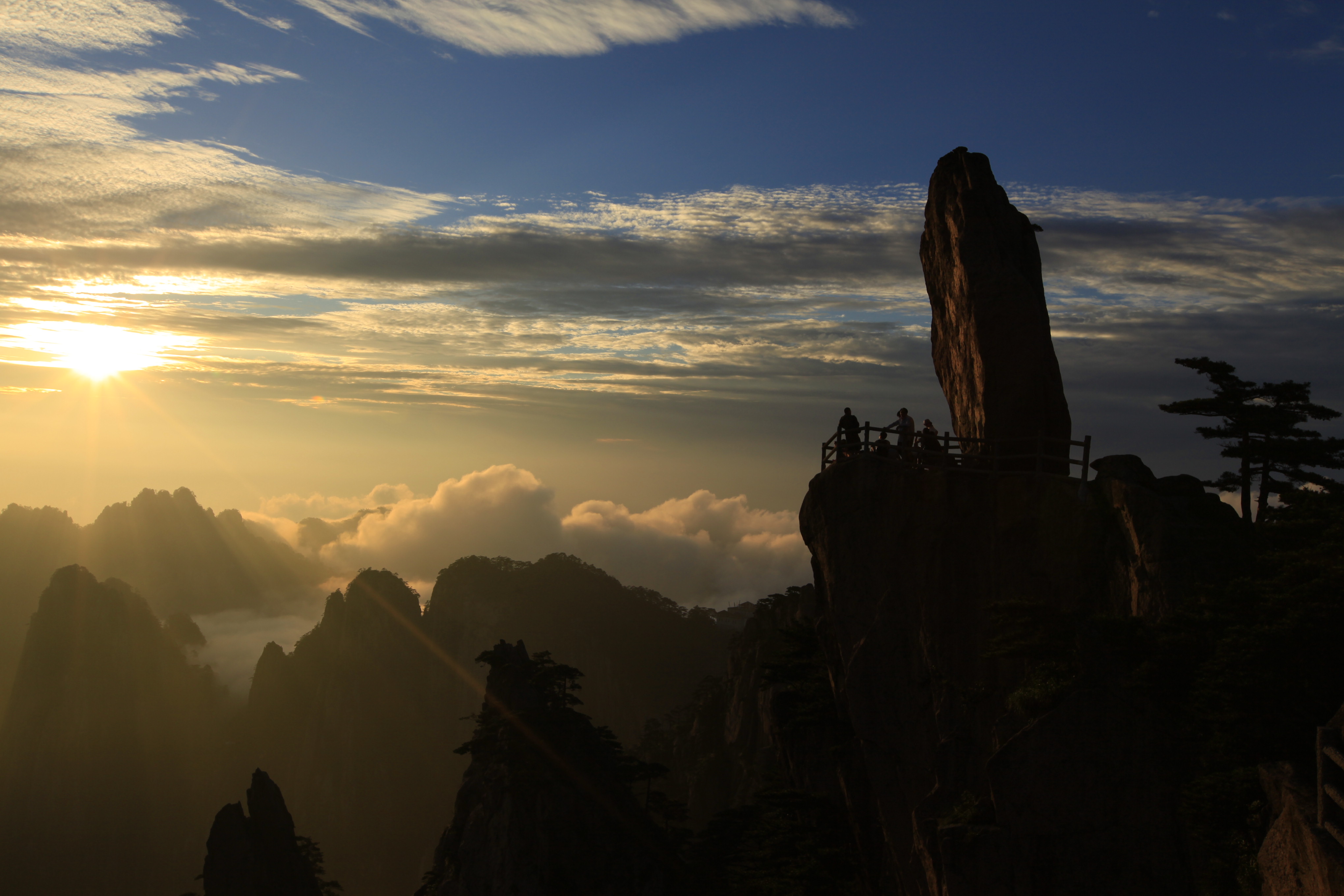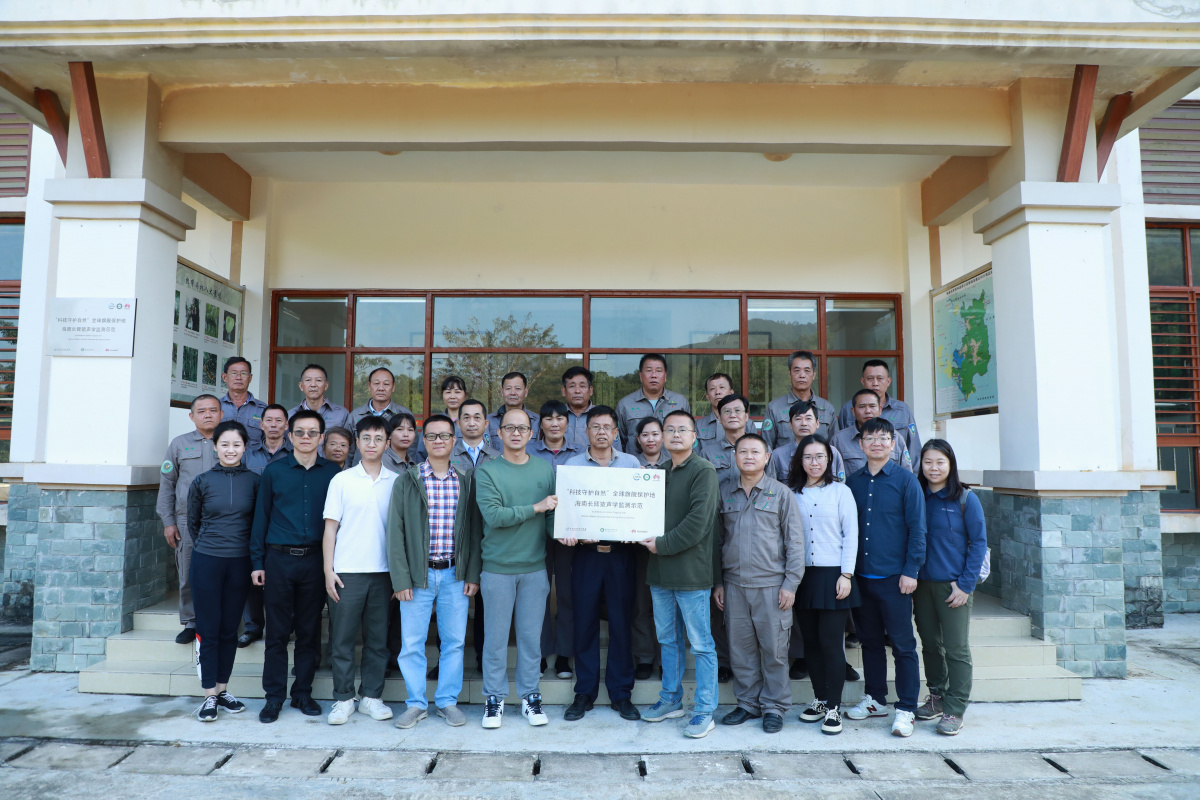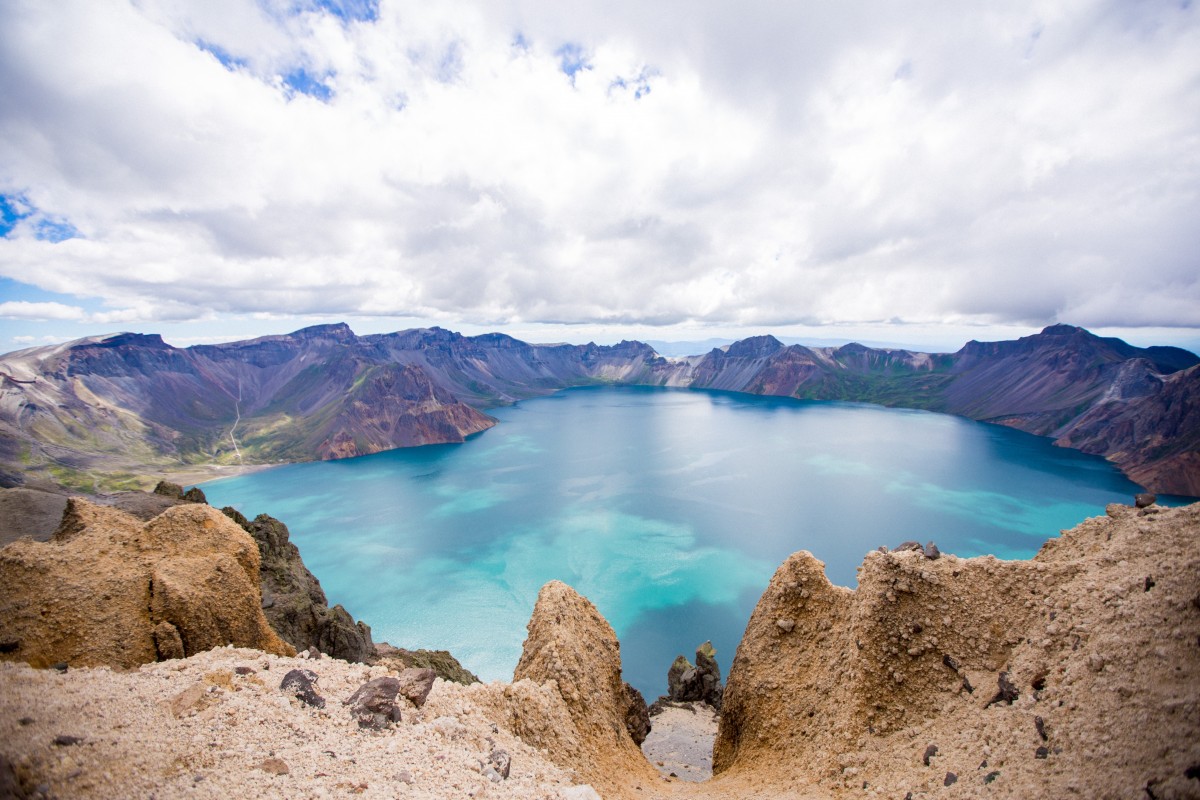Tianshan mountains in China become World Heritage Site
Following IUCN’s recommendation, the Xinjiang Tianshan mountain range in China was declared a natural World Heritage Site at the World Heritage Committee meeting currently taking place in Phnom Penh, Cambodia.

Photo: IUCN Peter Galland
The decision was made based on the outstanding scenic values and natural features of the area together with the associated mountain ecosystems within a Central Asian arid continental climate. Xinjiang Tianshan has all the typical mountain altitudinal zones of a temperate arid zone, reflecting the moisture and heat variations at different altitudes, gradients and slopes.
“We are very pleased with the Committee’s decision to include this spectacular site on the list of our planet’s most iconic places,” says Peter Shadie, Deputy Head of IUCN's delegation. “Xinjiang Tianshan’s landforms and ecosystems extend over an extraordinary 6,000m elevation range sampling an enormous diversity of land and life forms in a mountain system surrounded by cold mountain deserts.”
Located in the eastern part of the Tianshan mountain range – which extends across China, Kazakstan, Uzbekistan and Kyrgyzstan – Xinjiang Tianshan contains a scenically beautiful series of areas, including snow-capped mountains and red bed canyons. Its visual impact is reinforced by the stark contrasts between the mountain areas and the vast Central Asian deserts, and between the dry south slopes and the much wetter north slopes.
Xinjiang Tianshan is an outstanding example of ongoing biological and ecological evolutionary processes in a temperate arid zone. The diversity and distribution of its vegetation illustrate the biological and ecological evolution of the Pamir-Tian Shan Highlands, where it is located. Xinjiang Tianshan is home to an exceptional diversity of species including 94 relic plants dating back from more than two and a half million years ago, 477 rare and endangered species and 140 endemic plants and animals.
IUCN is the advisory body to UNESCO’s World Heritage Committee on nature. Working closely with the World Commission on Protected Areas (WCPA), IUCN’s World Heritage Programme evaluates sites nominated to the World Heritage List, monitors the conservation state of listed sites, promotes the Convention as a leading global conservation tool, and provides support, advice and training to site managers, governments, scientists and local communities.
The following natural sites were recommended by IUCN for inscription on the World Heritage List this year, alongside Xinjiang Tianshan : The Namib Sand Sea in Namibia, which was also adopted today, the extension of Mount Kenya National Park to include the Lewa Wildlife Conservancy and Ngare Ngare Forest Reserve, which was approved by the Committee; the Tajik National Park of Tajikistan, Mount Etna in Sicily, Italy and El Pinacate and Grando Desierto de Altar Biosphere Reserve in Mexico, which still await decision.



